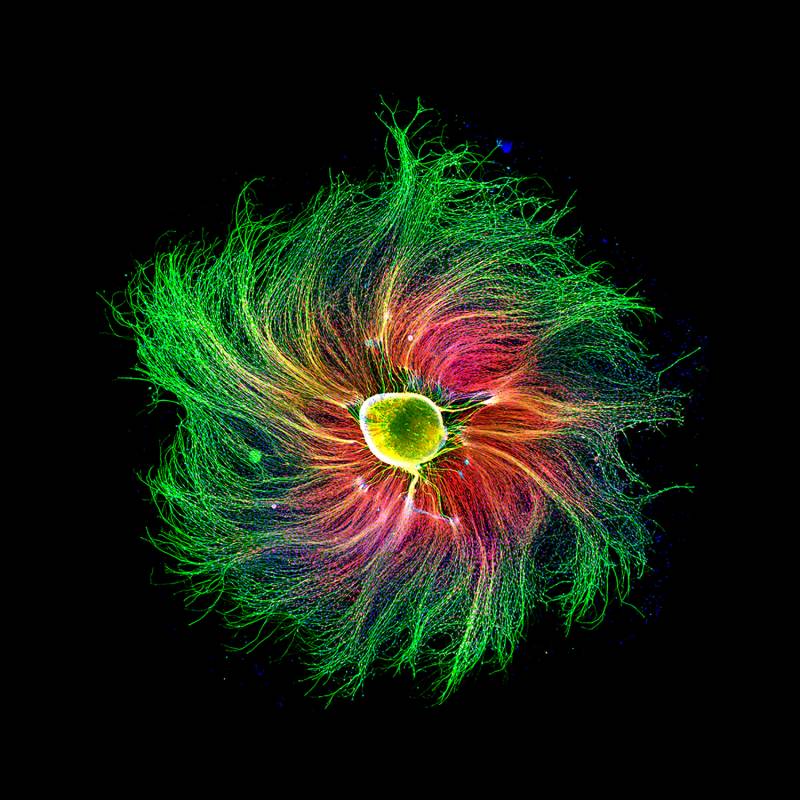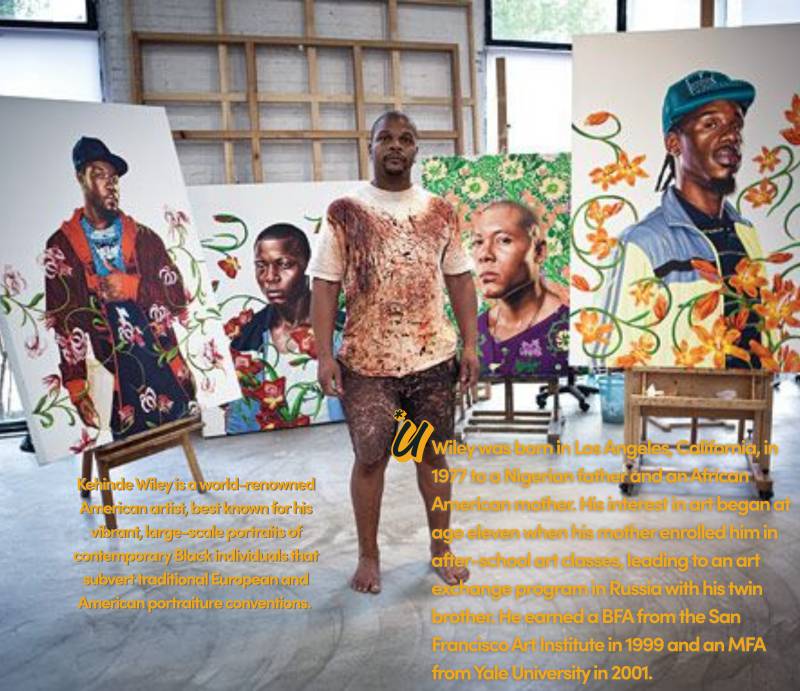When Ida Hoffman set eyes on Monte Verità for the first time, the leaves were just beginning to turn. It was the first Autumn of the 20th century and she and five of her companions, one of whom was her lover Henri Oedenkoven, had been travelling around northern Italy and southern Switzerland with an eye to purchase a large piece of land to transform into a refuge for the unconventional, the forward-thinking, and the revolutionary.
Located in the mountainous region of Ticino, Monte Verite, was exactly what Hoffman, a German pianist and author, Henri Oedenkoven, a Dutch entrepreneur, Jenny Gräser, a concert singer, her husband Karl, a lieutenant, and Lotte Hattemer, a Berlinese teacher and academic had been hoping for. This abandoned vineyard was both fertile, astonishingly beautiful, and very remote, sitting far above the now-miniaturised port town of Ascona. It would be here, in this kingdom-in-the-clouds, that these five free-thinking founders would establish a utopian colony, whose residents would go on to shape 20th-century art and culture.
But why Switzerland? Well, to answer that question (and no it has nothing to do with Toblerone) we need to consider the kind of world Hoffman, Oedenkoven and the like were looking to escape. By the late 1800s, the majority of northern and western Europe had been industrialised to the point that it bore very little resemblance to its former self. For over a century, the rhythmic churn of the factories had been growing louder and louder. By the late 1800s, it was impossible to ignore. European industry had completely altered the face of the continent, cutting the landscape into segments and rupturing a rural way of life that had been undisturbed for centuries — and as the land changed, so did the European imagination.
Europe’s rural fringes had once been regarded as places of poverty; its remote hills and forests were synonymous with crime, witchcraft, and barbarism. But, as the saying goes: you only know what you’ve got once it’s gone, and with the ideological clash between capitalism and communism casting the industrial north in a particularly ugly light, areas such as Monte Verite became imbued with associations of purity, acting as sanctuaries from the destructive influence of the urban metropolis. Only by detaching oneself from the modern world, Hoffman believed, could it be re-made. This was her mission.
Having bought the land and settled on a name for their utopia, ‘The Mountain Of Truth’, Ida and the other founders got to work. Hoffman was the mastermind behind the establishment, imagining a retreat as much based on the principles of Tolstoyism as it was on Blakean Christianity. The creation of this new Eden, Hoffman decreed, would begin with the very earth beneath her feet. Over the next few months, the founders ploughed the soil and threaded it with seed. In the overgrown vineyards and orchards, they planted new trees, the boughs of which would soon bend under the weight of their own fruit.
As a strictly vegan colony, this land was essential – providing Monte Verità’s residents with all the food they might need throughout the slow turn of the year. The colony’s dependence on the natural world resulted in a number of strikingly neo-pagan adorations of the earth, including rhythmic dances in the nude, and ‘sun’ baths’. This worship, which saw the early residents of Monte Verite regard nature as the ultimate work of art, was initially treated with suspicion by the local residents of Ascona, many of whom told tales of witchcraft and satanic orgies. Indeed, ‘free love’ was actively encouraged in the colony, despite the term not even existing yet. But, eventually, the locals embraced this group of barely-clad bohemians as essential aspects of the landscape, as immovable as the rocks and the trees.
The Mountain of Truth was initially founded as a space for thinkers to pursue the emancipation of women, bask in constructive self-criticism, and explore the inner reaches of the soul – all captured in Hoffman’s command: “Stop being marionettes. Become human beings of flesh and blood!”. As a result, the colony became something of a hotspot for the intelligentsia of the age, attracting – among countless others – the psycho-analysts Carl Jung and Otto Gross, the poet, author, and founder of Dadaism, Hugo Ball, and the philosopher and occasional clairvoyant Rudolph Steiner. Then, during the First World War, Monte Verite began attracting a more Bohemian crowd, its location proving the perfect location for artists and writers such as Paul Klee and Hermann Hesse to examine the fragmented world that lay in ruins all around them.
The radical artworks, theories, and principles founded in Monte Verità went on to flood the global cultural landscape throughout the subsequent decades. As Martin Green, author of Mountain of Truth: The Counterculture Begins, says, everyone from Mahatma Gandhi and Che Guevara to Frida Kahlo and Jack Kerouac “fed on a living stream of thought that had its source in Ascona”. The counterculture movement that swept throughout the United States in the 1950s and ’60s, and that saw groups of hippies abandon the urban sprawl for biodomes and remote communes, was simply an extension of the work started in Monte Verità in those first years of the 20th century. Alas, by 1968, while the rest of the world was on the cusp of revolution, Monte Verità lay in slumber, having been transformed into a hotel which then fell into the hands of the Canton of Ticino in 1964. But even as the fruit in Hoffman’s orchard, having been left to its own devices, began to shrivel on the branch, all over the world, the seeds of thought she planted were starting to bud for a new generation – as they continue to do so to this day.
These days, Monte Verità is used as a congress and cultural centre that welcomes the general public all year round. As well as featuring a museum and gorgeous tea room, you’ll also find a beautiful park, which features a magnetic pathway known as the ‘Chiara’s Rainbow’, all manner of exotic plants, and, of course, stunning panoramas of the surrounding countryside. You can find out more by visiting the Monte Verità website.
SOURCE : faroutmagazine




